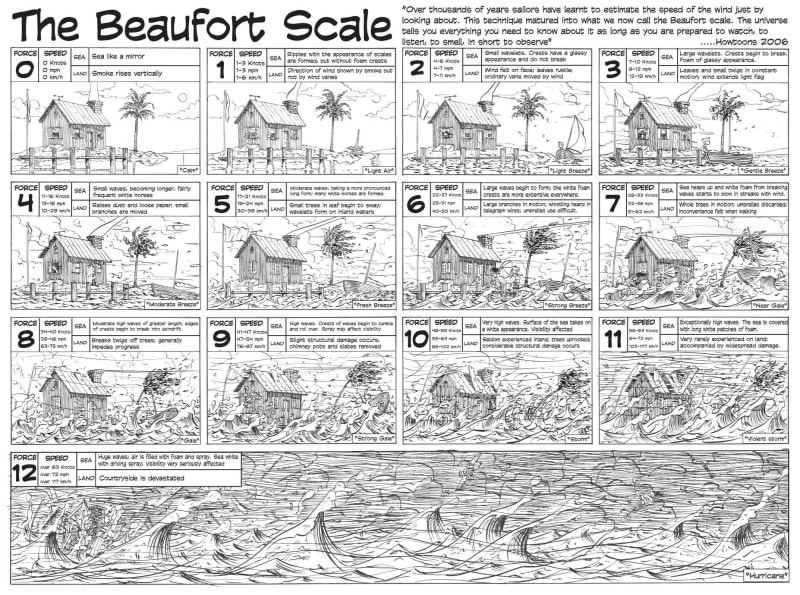Prayers for the victims and their families, but also for the rest of the school staff, faculty and students.
How do we keep these tragedies from happening? Proper training on the set up and operation of these things would definitely help. One of the news stories discussed the wind speeds above which these should not be used. Does the average person know how to determine wind speed?

